
Leah Clark
Provincial Cattle Specialist
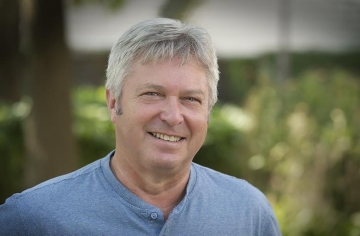
Mike Dixon
Career Profiles
Professor and Director of CESRF
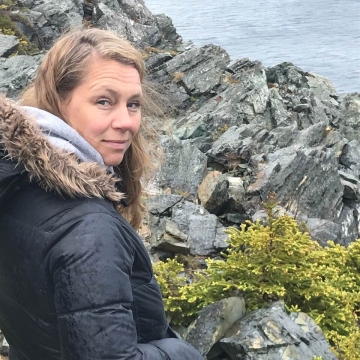
Sheridan Thompson (she/her/they/them)
Career Profiles
Doctoral Candidate

Christopher Noble
Corporate Engagement
Chelsey Peutert
Agricultural Environmental Engineer

Carly Silver
Career Profiles
Associate Ecologist
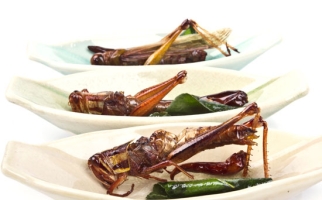
Should We Eat Bugs?
STEM Explained
What's tasty, abundant and high in protein and vitamins? Bugs! Bugs feed about 2 billion people each day. They also hold promise for food security and sustainability.
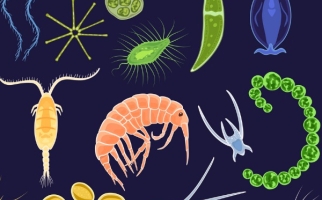
Marine Microbiology: Meet the Microbes of the Sea!
STEM Explained
The ocean is full of very small but very useful creatures called microbes. Without them, none of the sea plants or animals you’ve seen would exist!
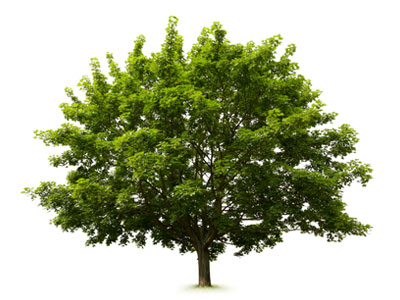
How does water move up a plant?
Hands-on Activities
Do an experiment with celery to learn about the structures that help plants take up water.
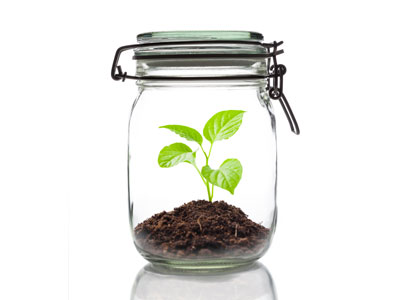
How do I construct a terrarium?
Hands-on Activities
You can make your own terrarium for growing plants!
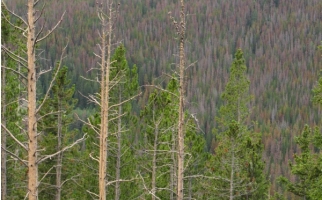
How Do Introduced Species Affect Ecosystems and the Economy?
STEM Explained
When a species ends up outside of its natural zone, the consequences on other species, ecosystems and human industries can be severe. Climate change and human activities can introduce species into new zones.
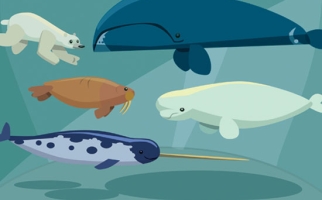
How are Arctic Animals in Canada Affected by Climate Change?
STEM Explained
Arctic animals have evolved to thrive in harsh arctic ecosystems, but the environmental footprint created by climate change is affecting their survival.
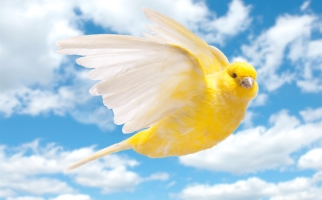
How Can Birds Help Monitor the Health of Ecosystems?
STEM Explained
Scientists can observe birds to get useful information about the health of, and changes in, an ecosystem.
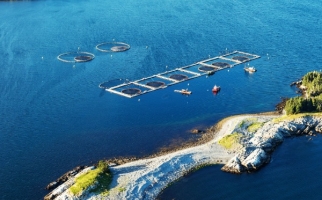
Farmed Salmon vs. Wild Salmon
STEM Explained
Aquaculture is seen as a sustainable way to produce fish. But are farmed salmon better than wild fish?
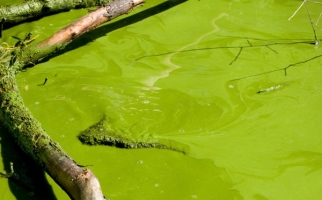
Eutrophication: Why you should care about pond scum
STEM Explained
When fertilizers from agriculture get into lakes and rivers, big problems can result for aquatic ecosystems, food chains & webs!